
Vice Prime Ministers of Kyrgyzstan and Tajikistan to Discuss Border Issues Today, another joint...

The administrative-territorial demarcation of the republics of the former USSR predetermined the...

Negotiations are underway regarding the delimitation of state borders between the governmental...

Uzbekistan will no longer claim the disputed area of Unkur-Tuu In return, Kyrgyzstan will open air...

Significant cooling and snow — weather forecast for Kyrgyzstan until October 18 On Sunday, October...

Kyrgyz in Uzbekistan Beyond Kyrgyzstan, Kyrgyz people have long lived in China and Uzbekistan,...

As meteorologists have already reported, a storm warning has been issued in Kyrgyzstan: unstable...

According to data from the Customs Service of Kyrgyzstan, in the first 7 months of 2015, the...
In the Batken region, the resettlement of residents whose lands will be transferred to Tajikistan...

The conflict between Kyrgyzstan and Uzbekistan over the disputed border territory in the...

Kyrgyzstan — Uzbekistan...

In Kyrgyzstan, disputes continue over the conflict with Uzbekistan in the border Aksy district of...

The 'Green' corridor at the border with Kyrgyzstan will be eliminated, as reported by...

The Saka tribes were divided into three parts. In the southern regions of Kyrgyzstan lived the...

The Founding Congress of Lawyers of the Kyrgyz Republic will take place on November 26, 2014, at...

Rain in Issyk-Kul — weather forecast until July 20 This week, the air temperature will remain at...

The territory of the Osh region occupies the southwestern part of Kyrgyzstan. Its area is 75.5...
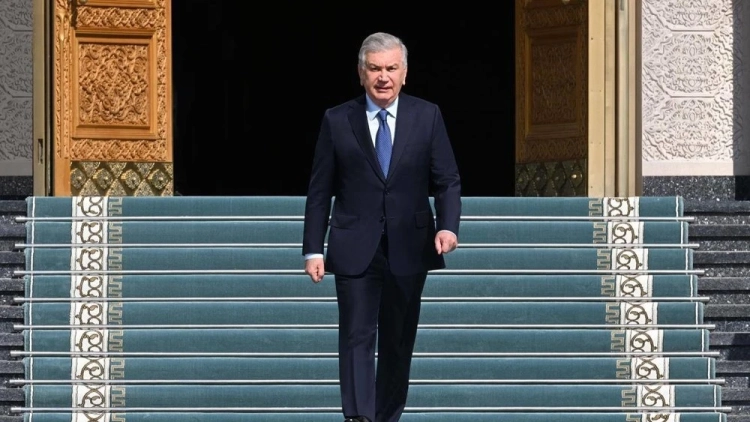
Shavkat Mirziyoyev - President of Uzbekistan // Website of the President of the Republic of...
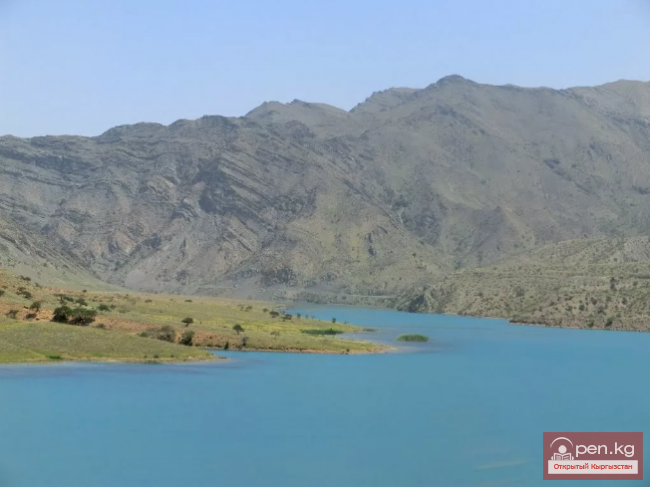
Kasansay (Kyrgyz: Kasan-say, Uzbek: Kosonsoy) A river in Kyrgyzstan and Uzbekistan, a right...

White Stork Status: IV category, Endangered, EN: R. One of the 2 species of the genus found in...

On December 27, 1991, the Government of the People's Republic of China recognized the...

A decrease in daytime air temperature is expected On Saturday, March 24, it will be mostly dry...

As of September 1, 2025, the permanent population of the Kyrgyz Republic reached 7 million 361...

The government of Kyrgyzstan has approved the "road map" project for joining the Customs...
The illegally privatized plot of land near the I. Akhunbaev Kyrgyz State Medical Academy has been...
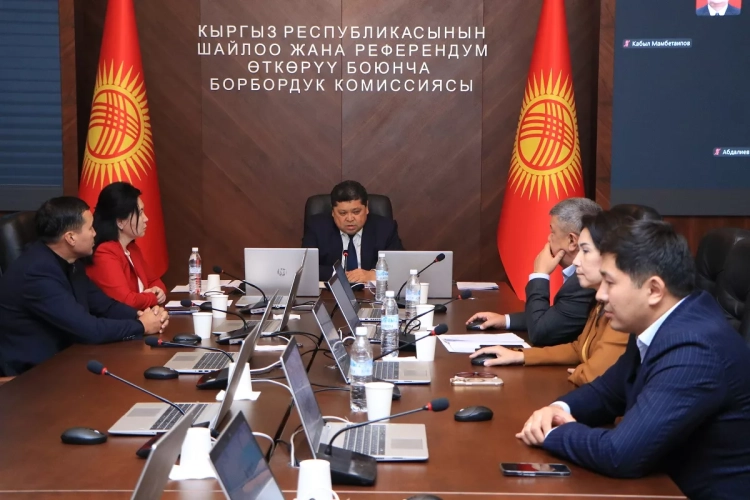
The working group responsible for the acceptance and verification of documents submitted by...

The Director of the Tourism Department of the Kyrgyz Republic, Azamat Zhamankulov, spoke at a...

Christianity in the republic is represented by three major branches: Orthodoxy, Catholicism, and...
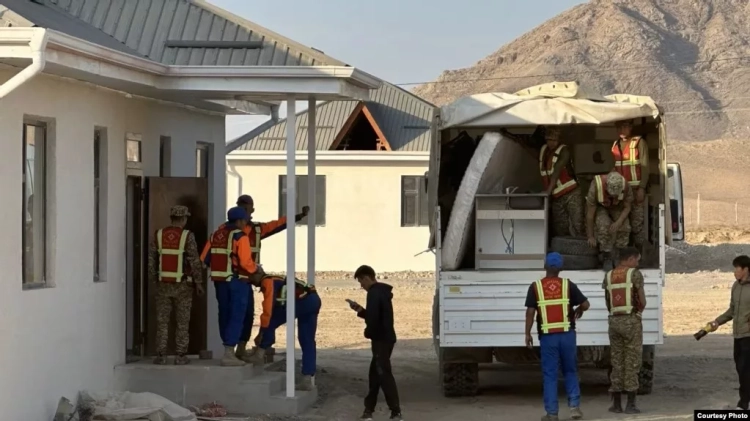
According to the information, the construction of 181 residential houses has been completed in the...

Over the years of independence, the processes of social development in the country have...
It has become known that the international platform "T." was operating in Kyrgyzstan...

Territory, Geography, and Administrative Division of the Kyrgyz Republic The Kyrgyz Republic...

The village of Samarkandek is located in the Batken district of the same-named region of...

Kyrgyzstan borders Kazakhstan, Uzbekistan, and Tajikistan — friendly states that are close in...
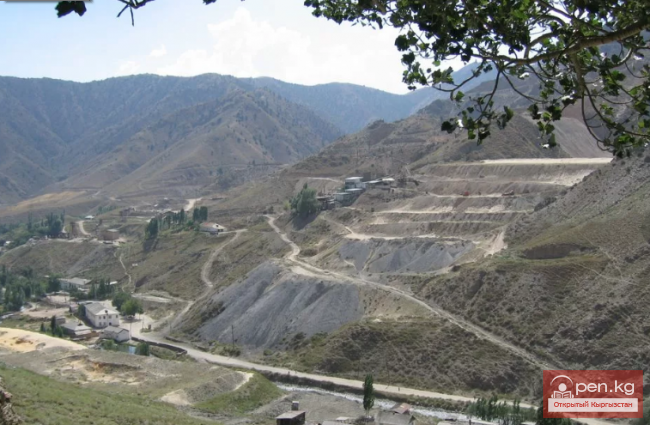
Ala-Buka Village Ala-Buka Village is the administrative center in the west of Kyrgyzstan, located...

The history of the formation of the modern Kyrgyz-Chinese border dates back to the second half of...

When: August 28 at 10:00 AM...
Nurlan Koichukeev, who served as the acting deputy chairman of the Central Election Commission,...

The Osh Region was established on November 21, 1939, replacing the former district. After numerous...

Today, May 9, 2015, during a working visit to Moscow, the President of the Kyrgyz Republic,...

A meeting of the permanent commission of the Inter-Parliamentary Assembly (IPA) of the CIS on...

The Batken Region was established on October 12, 1999, from the Osh Region. It includes the...

Uch-Korgon – a large village (kishlak) in the northeast of the Batken region. The word...

The State Agency for Environmental Protection and Forestry (GAOOSiLH) has suspended sport and...

In November of this year, a joint nomination with Kazakhstan for "Traditional Knowledge of...
According to information from the press service of the Ministry of Emergency Situations (MES), an...

At the meeting of the National Council for Sustainable Development on November 15 at the state...

Guided by the principles of creating a unified educational space with neighboring countries,...